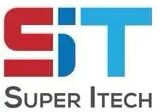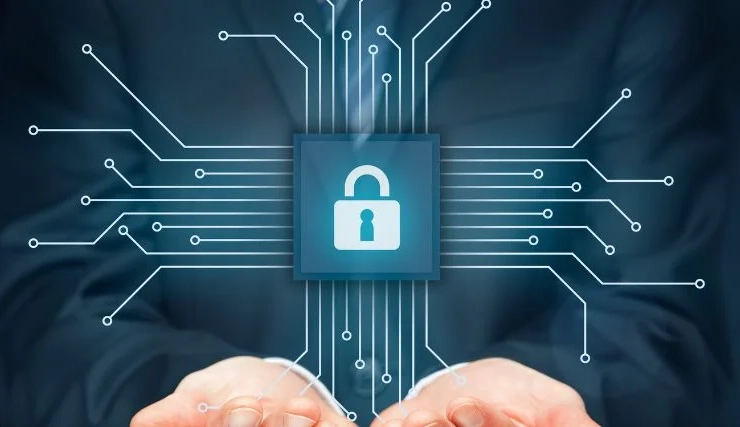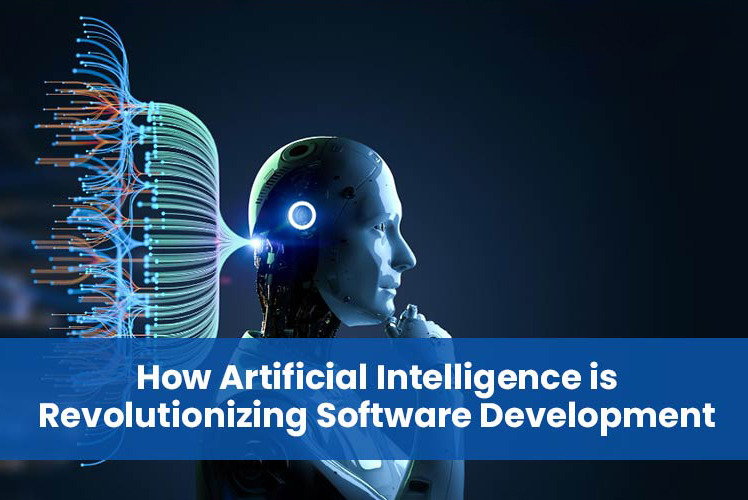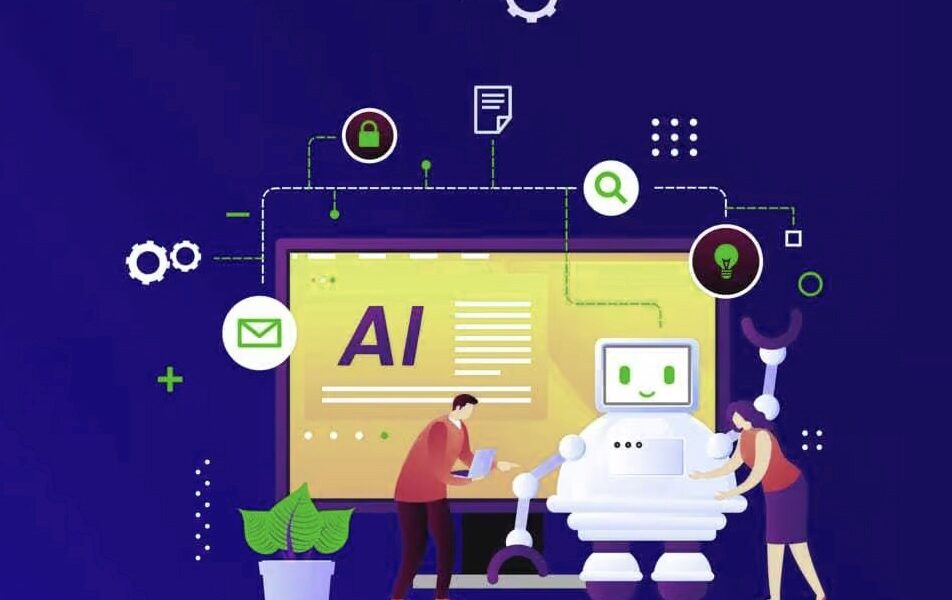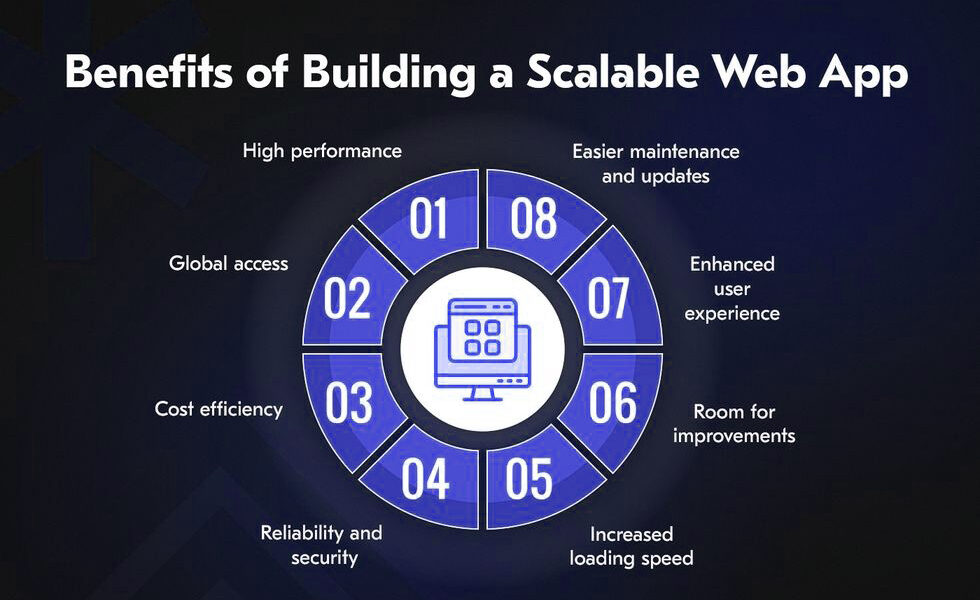In an era of growing digital threats, cybersecurity is no longer just an IT issue — it’s a business imperative. With rising ransomware attacks, phishing schemes, and AI-powered cyber threats, protecting your data, infrastructure, and clients requires proactive and ongoing effort.
At SuperITech, we help companies build resilient systems by combining robust security practices with cutting-edge AI-driven tools. Here are 10 essential cybersecurity best practices every modern business should adopt in 2025.
1. Implement Multi-Factor Authentication (MFA)
Why it matters:
Passwords alone are no longer enough. MFA adds an extra layer of security using biometrics, one-time codes, or device-based authentication.
Tip:
Use tools like Microsoft Authenticator, Google Authenticator, or Duo Security for added protection.
2. Keep Software and Systems Updated
Why it matters:
Cybercriminals exploit outdated software. Regular updates and patch management prevent vulnerabilities from becoming entry points.
Tip:
Use automated update tools and set reminders for manual patches across devices and software.
3. Use AI for Threat Detection
Why it matters:
AI-powered systems can analyze behavior patterns, detect anomalies, and respond to threats in real-time—faster than humans ever could.
Tools to try:
Darktrace, CrowdStrike Falcon, Microsoft Defender for Endpoint
4. Educate Your Employees
Why it matters:
Human error is the leading cause of breaches. Regular training on phishing, password safety, and secure practices goes a long way.
Tip:
Run simulated phishing attacks and cybersecurity awareness training every quarter.
5. Regularly Back Up Your Data
Why it matters:
Ransomware can lock you out of your systems. Backups ensure you can recover without paying a ransom.
Best practices:
Use both local and cloud backups, and test recovery processes regularly.
6. Use Strong, Unique Passwords
Why it matters:
Using the same password across systems is a major risk.
Tip:
Adopt a password manager like LastPass, Bitwarden, or 1Password to generate and store secure credentials.
7. Secure Remote Access
Why it matters:
With more remote workers, your network is more exposed.
Solutions:
Use VPNs (like NordLayer or Perimeter 81)
Apply Zero Trust policies
Enable endpoint protection
8. Monitor Logs and Network Activity
Why it matters:
Unusual behavior is often the first sign of a breach. Monitoring tools give you visibility and control.
Use:
SIEM tools like Splunk, LogRhythm, or AlienVault
9. Encrypt Sensitive Data
Why it matters:
Even if attackers gain access, encryption renders your data unreadable.
Tip:
Use SSL/TLS for web traffic, encrypt local files and cloud storage, and enforce end-to-end encryption in messaging.
10. Create an Incident Response Plan
Why it matters:
Knowing how to react to a breach minimizes damage and recovery time.
What to include:
Contact list of IT/security team
Communication strategy
Steps to isolate systems and restore data
Legal and compliance protocols
Final Thoughts
Cybersecurity isn’t a one-time setup — it’s a continual, evolving discipline. Businesses that combine technical safeguards with training, monitoring, and AI-powered tools are the ones best equipped to stay safe.
At SuperITech, we offer end-to-end cybersecurity solutions — from infrastructure audits to AI-based monitoring — tailored to protect your business.
Is your business secure for 2025? Get a free security assessment with SuperITech today.
